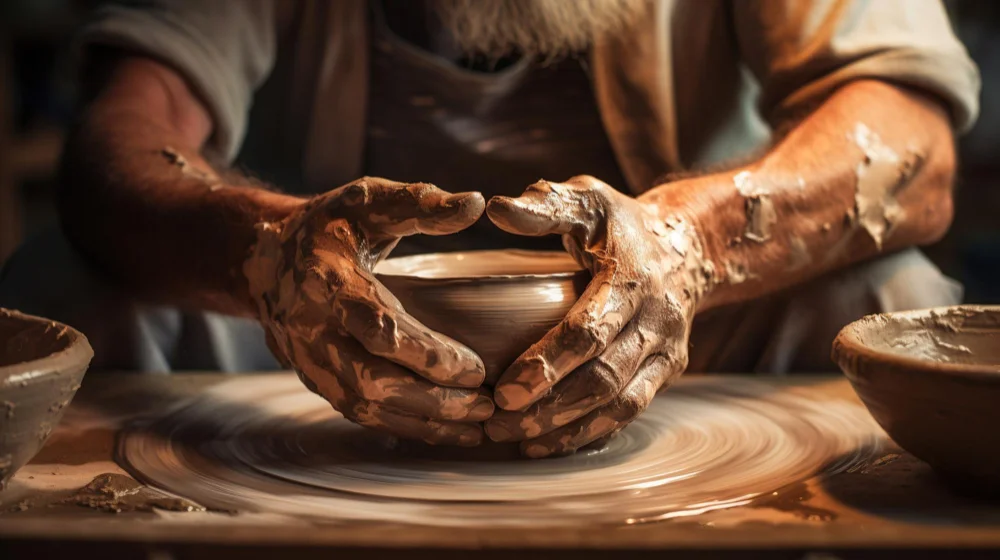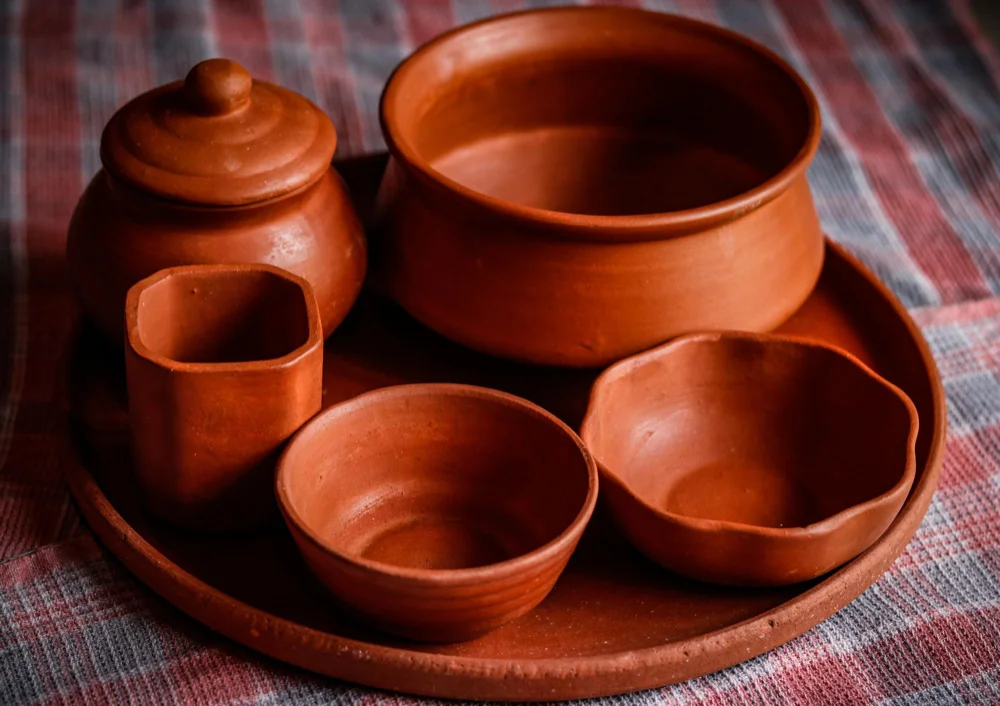In almost every Mexican kitchen, there is at least one glazed pot, plate, or cup. Their shine, affordability, fire resistance, and even the flavor of food cooked on these pots are the reasons why people choose to use them daily. Beyond practicality, they are undoubtedly part of the country’s culinary identity. Beans, sauces, and in some cases even coffee are cooked in them.
Curing Methods for Clay Pots
For generations, Mexican´s households have used “curing” techniques, under the belief that the process not only seals the utensils and prevents leaks but also eliminates the lead they contain. This curing process typically involves rubbing with garlic, boiling with vinegar, or coating the utensils with lard or oil. However, a recent study has shown that this belief, rather than protecting us, may increase our exposure to this heavy metal.
Is there a better curing method?

A team of specialists from Universidad Iberoamericana, Tecnológico de Monterrey, the National Institute of Public Health, and UNAM, together with the organization Pure Earth, evaluated the three most common curing methods reported by PROFECO in 20212, consisting in heating the piece and coating it with oil, boiling water with beef lard, or rubbing with garlic followed by boiling with white vinegar. In this study, lead levels in clay pieces were quantified before and after curing. The results showed that all pieces contained lead, before and after the process, and lead levels even increased after the curing.
The initial lead concentrations in the pieces already exceeded the international safety limit of 100 ppm by thousands of times. After curing, levels reached up to 358,300 ppm. When contact with acidic foods, such as salsa lead migrated into the food. The most severe case occurred with the method involving curing with heat and vegetable oil.
Why is this topic important?

Lead is a highly toxic metal that particularly affects children and pregnant women. It can cause neurological developmental problems, reduced IQ, blood disorders, kidney and cardiovascular damage. Lead does not alter the color or smell of food, making it difficult to detect.
According to the 2022 National Health and Nutrition Survey, lead-glazed ceramics remain the primary source of lead exposure in the general population of Mexico. Furthermore, more than 10,000 Mexican families depend on glazed ceramic craftsmanship for their livelihood. Glazed clay is art, culture, and sustenance. Therefore, the solution is not to abandon tradition but to transform it by promoting lead-free glazes, kilns that reach the correct firing temperatures, and policies that support artisans.
Pottery is a national and international heritage, where the pieces manufactured are creations that help us understand the customs, aesthetics, and vision of our culture. Therefore, it is necessary to improve manufacturing conditions to positively impact the health of potters, their families, and consumers.
References
Martínez Maldonado, I.; Enríquez Martínez, Á. Revista Del Consumidor. Cura tus ollas de Barro. 2021, p. 98. Available online: https://www.gob.mx/cms/uploads/attachment/file/644065/HAZLO_TU_MISMO_CURA_TUS_OLLAS_DE_BARRO.pdf
Rodríguez-Hernández, M.F.; Betanzos-Robledo, L.; Mariscal-Moreno, R.M.; Valverde-Arámbula, F.A.; Chuck-Hernández, C.; Peralta-Delgado, N.; Fuller, R.; Cantoral, A. Evaluation of Three Traditional Curing Methods Applied in Mexican Lead-Glazed Ceramics: Detection, Concentration, and Leaching of Lead to Food. Processes 2025, 13, 2766. https://doi.org/10.3390/pr13092766
Pure Earth. Lead in consumers goods: A 25-Country analysis of lead (Pb) levels in 5,000+ products and foods. [Internet]. 2023 [cited 2025 May 12]. Available from: https://www.pureearth.org/wp-content/uploads/2023/11/Pure-Earth-RMS-Final-Report.pdf


